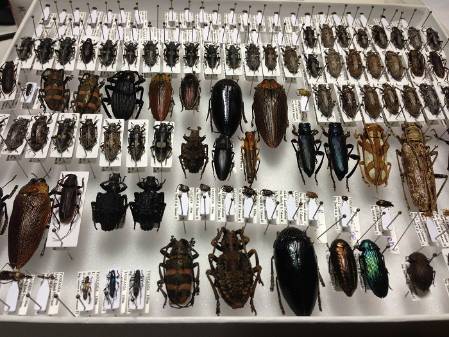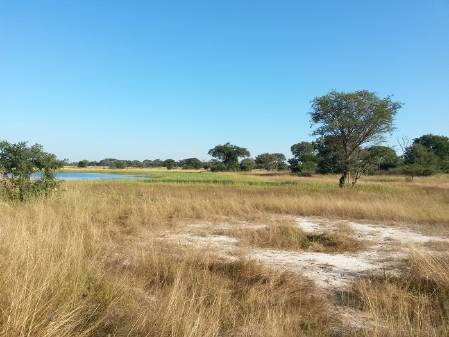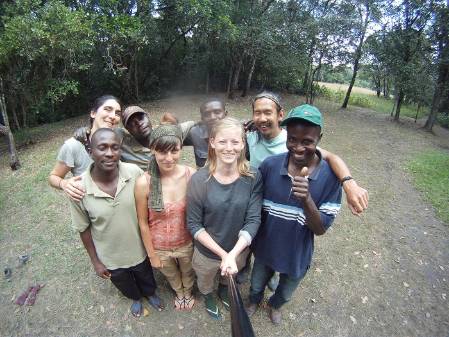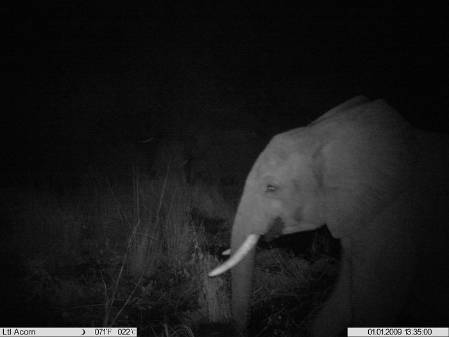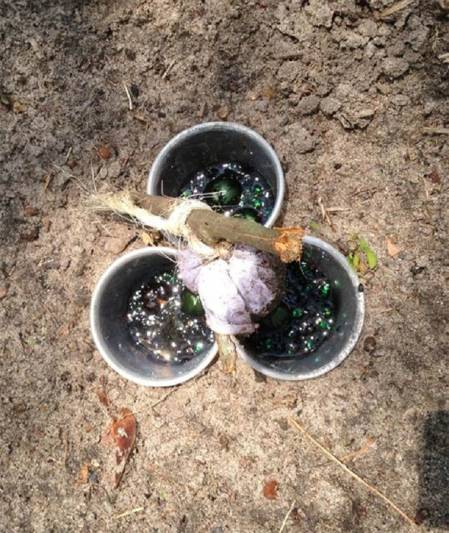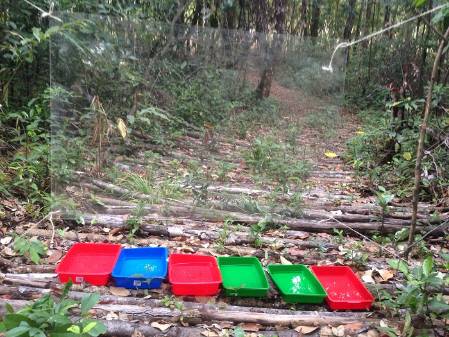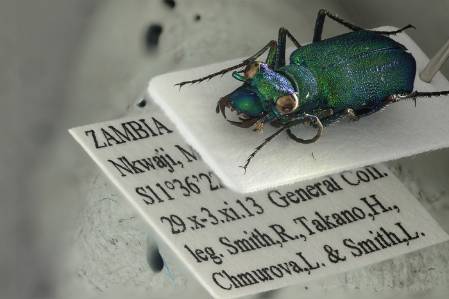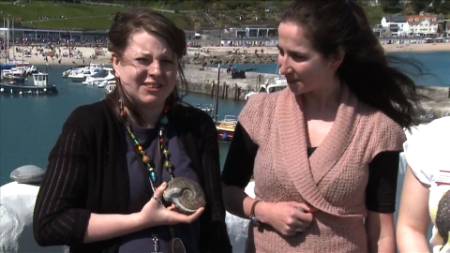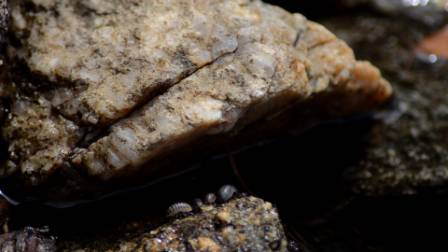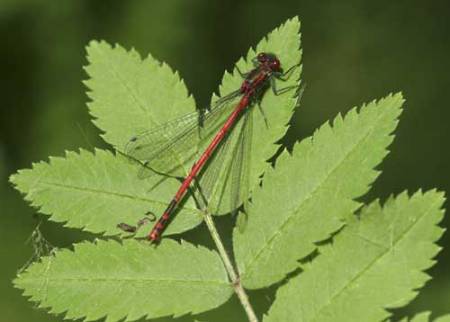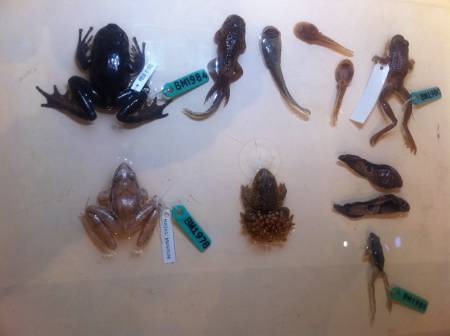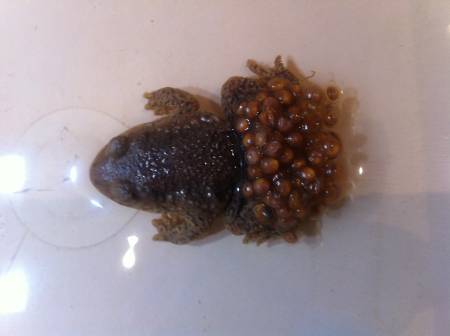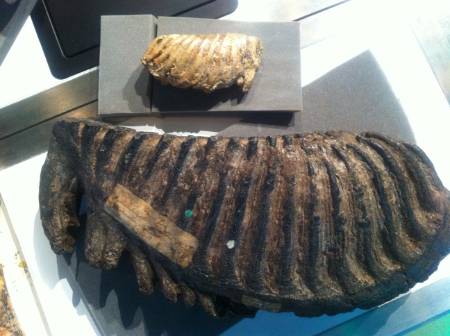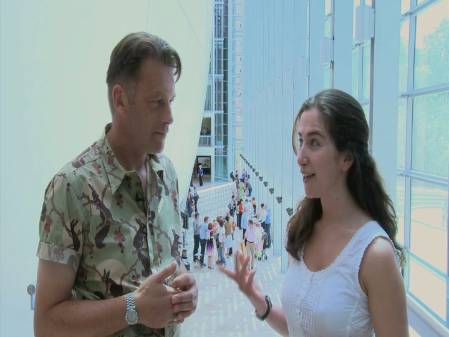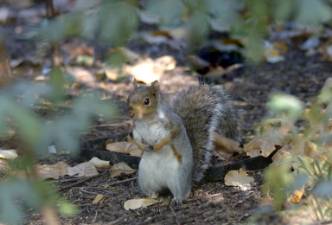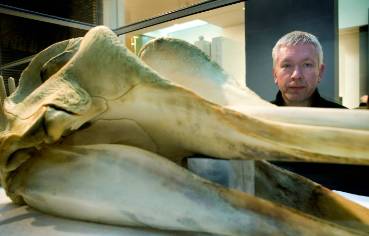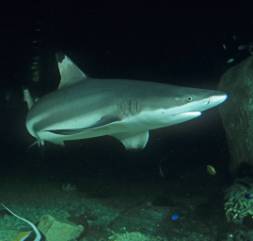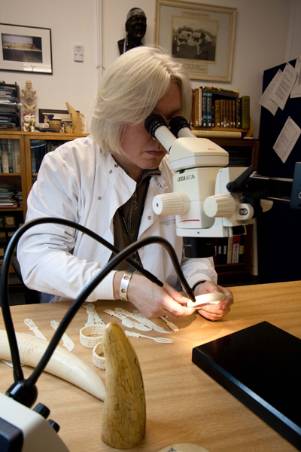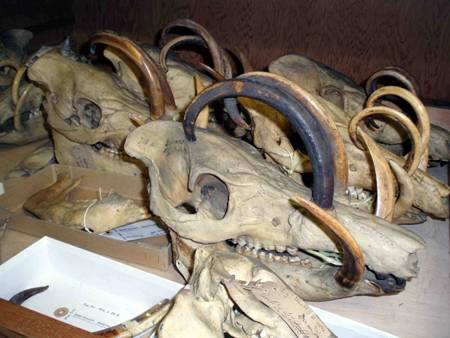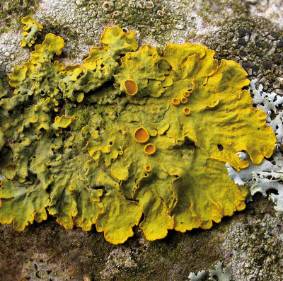In his book titled ‘What is Life?', British-born scientist JBS Haldane wrote:
‘The creator would appear as endowed with a passion for stars, on the one hand, and for beetles on the other’.
An example of the beetle collections at the Museum.
Haldane was referring to the numerous nature of the coleopteran, or beetles as they are more commonly known. This order consists of more species than any other group. In fact, beetles make up around 40% of the total insects described. The Museum itself boasts an amazing collection of over 10 million species, meticulously stored in 22 thousand draws. This collection is constantly evolving and expanding.
Zambia
Nature Live took the opportunity to learn more about the entomologists' latest adventure – a trip to Zambia. Entomologist Lydia Smith spoke to the Nature Live team about their findings.
The landscape in Zambia.
Lydia spent 6 weeks travelling around Zambia collecting samples. Zambia has very varied terrain which provides plenty of scope for a diverse community of beetles and other organisms. The Museum's team worked closely with local guides to navigate the hostile environments. Lydia explained that their help was invaluable, she described them as ‘extremely helpful and excitable people’.
Lydia with members of the Museum team and local guides.
The team vehicle surrounded by dense vegetation.
Being in Zambia, the team was constantly surrounded an incredible array of wildlife, some of which interfered with their sampling. Hyenas and civet cats were both suspected of disturbing the insect traps.
An elephant caught on film by a camera trap.
Camera traps caught glimpses of a variety of species, from elephants to elephant shrews. One day Lydia recalls picking up a beetle and receiving quite a shock – the beetle's backend exploded in her hand! She had encountered a beetle she had only previously read about, the elusive ‘Bombardier beetle’. As a defence mechanism, this particular type of ground beetle ejects a chemical spray from the tip of their abdomen, accompanied by a loud popping sound.
Field techniques
During the expedition, a number of techniques were used in order to obtain samples. Light traps were used at dusk to attract insects onto a large sheet or tent like structure where they could then be collected. This type of trap can be extremely effective at gaining samples of nocturnal species.
The team often used pitfall traps, which consist of a plastic cup that is submerged in the soil and partially filled with a preservative. An attractant is then suspended above the traps to draw insects towards the area. Dung or carrion is typically used. The dung is collected from local ungulates – or, in more remote areas, the dung is supplied by the researchers themselves!
Dung and carrion are used to lure insects into these pitfall traps.
Mid-flight traps consist of a piece of Perspex suspended in the air and below the Perspex, a number of colourful trays that contain a small amount of water.
Another method involves beating branches and collecting the falling samples on a modified umbrella to capture tree-dwelling species. A pooter is then used to collect the samples from the umbrella.
Lydia explained the critical nature of the permits that allowed the team to bring samples back into the country. Samples, usually suspended in alcohol for preservation, are drained ready for transportation. They are then flown back. Upon hearing this, a younger member of the Nature Live audience curiously enquired…
‘Do the beetles sit next to you on the flight?’
Sadly invertebrates are not permitted in the cabin and are relegated to the hold. Once back at the Museum, the samples are refreshed with a new batch of alcohol and then the sorting process begins.
Back at the Museum
After a six week trip the team will spend up to six months processing all of their findings. While Lydia’s team is only particularly interested in beetles, they process the entire selection and divide the other insects into orders. These insects are then sent to their respective experts for further classification.
A tiger beetle from the subfamily Cicindelinae, collected by Lydia Smith and the rest of the team.
From this particular expedition, the team have identified a number of new species, including wasps and rove beetles. The total number of new species is difficult to define as a rigorous procedure is followed, involving a number of different specialists before a final decision is made. Often insects are named after the region in which they are found, which helps to highlight the importance of the region and increase the likeliness that this area will be protected in the future.
Beetlemania was yet another superb insight into work at the Museum and in the field. If you are interested in beetles and would like to chat to an expert, there will be a number of the collections displayed at the Museum's upcoming event Science Uncovered on the 26 September.



